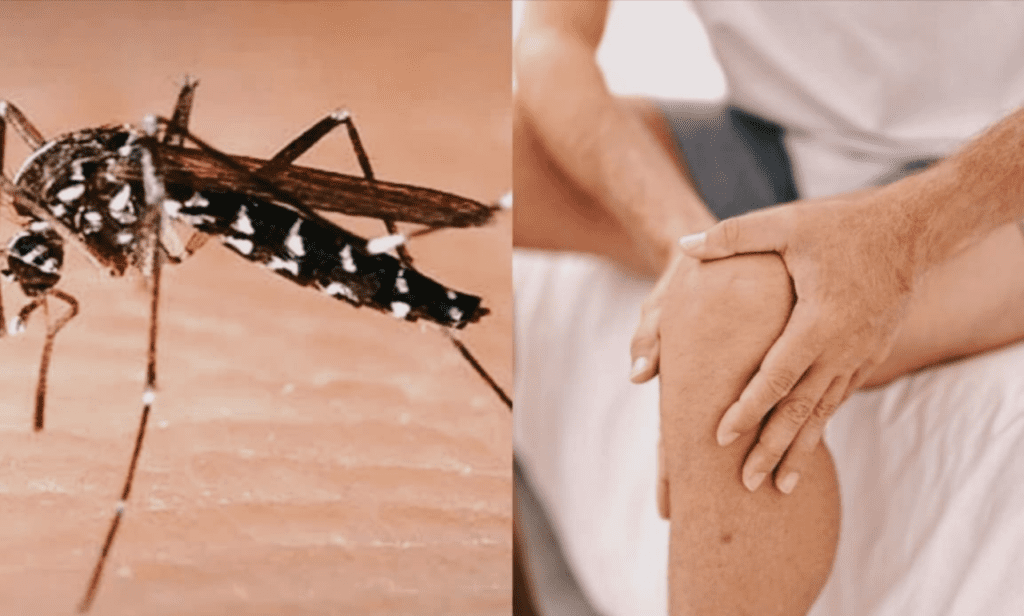
A surge in chikungunya virus infections in southern China’s Guangdong Province has captured worldwide attention, leading the U.S. Centers for Disease Control and Prevention (CDC) to issue a Level 2 travel advisory. Since early summer 2025, reports indicate over 7,000 cases have been concentrated in Foshan city, and health officials are in a race against time to contain the spread, which is being exacerbated by monsoon flooding and rising global transmission rates.
The outbreak began in mid-June with investigators tracing the source to imported cases. Initial reports surfaced around June 16 in the Shunde District of Foshan. By early August, the total number of infections had skyrocketed to around 7,000, with almost 3,000 new cases emerging in just one week.
Understanding the Chikungunya Virus
Chikungunya is transmitted through the bites of infected female Aedes mosquitoes, primarily Aedes aegypti and Aedes albopictus—the same species that spread dengue and Zika. Symptoms typically appear 2 to 14 days after a bite and include a sudden high fever, severe joint pain, headache, muscle aches, rash, and swelling. While most people recover within a week, the intense joint pain can last for months. Severe complications and fatalities are rare, occurring in about 1 in 1,000 cases, but the risk is higher for infants, the elderly, and those with pre-existing medical conditions.
Monsoon Flooding Worsens the Crisis
The crisis in Guangdong has been compounded by the monsoon season. Persistent rainfall and widespread flooding have created ideal breeding grounds for mosquitoes in stagnant water. Cities like Foshan are struggling with rising rivers and waterlogged urban areas. In response, Chinese health authorities have implemented aggressive containment measures, including mosquito-spraying drones, the introduction of larvae-eating fish, strict fines for standing water on properties, and the use of isolation wards with mosquito nets. Hospitals are also enforcing mandatory seven-day stays unless patients test negative for the virus.
U.S. CDC Issues Travel Advisory
In light of the escalating situation, the U.S. CDC has issued a Level 2 “practice enhanced precautions” travel alert for Guangdong Province. This advisory recommends that U.S. travelers take extra measures to protect themselves, such as using DEET-based insect repellent, wearing long sleeves and pants, and staying in accommodations with air conditioning or window and door screens. The CDC confirmed that no locally acquired chikungunya cases have been reported in the U.S. since 2019, though there were 199 travel-associated cases in 2024 and 46 so far in 2025.
Global Resurgence and Expert Warnings
This outbreak is part of a larger global surge, with approximately 240,000 cases reported across Central and South America, Africa, Asia, and the Indian Ocean region in 2025. Health organizations like the WHO are warning that unchecked mosquito proliferation and climate change are contributing to a global resurgence of the virus, reminiscent of the 2004-2005 epidemic.
Within China, officials are intensifying their efforts. Vice-Premier Liu Guozhong visited Foshan, which accounts for roughly 60 percent of the cases in Guangdong, to call for strict quarantine protocols and robust port health measures. Neighboring regions are on high alert, with Hong Kong reporting its first imported case in six years and Macau logging two imported infections, all linked to travel in Foshan.
Experts from the University of Hong Kong warn that climate change, with its higher temperatures and erratic rainfall, promotes mosquito breeding in even the smallest pools of water. This, combined with dense urban populations and low immunity, is believed to be a key factor driving the rapid spread of the virus in Guangdong.
Medical Response and Traveler Guidance
Local hospital data indicates that about 95 percent of confirmed infections are mild, and patients are typically discharged within a week. While the strain on healthcare facilities is significant, it has so far remained manageable. Medical teams are relying on laboratory tests to confirm the virus, as chikungunya can present with symptoms similar to dengue, leading to potential misdiagnoses.
For travelers heading to Guangdong or other high-risk regions—including Brazil, Colombia, India, Mexico, Nigeria, Pakistan, Philippines, and Thailand—the CDC advises rigorous mosquito bite prevention. This includes using repellents, wearing protective clothing, sleeping under bed nets, and eliminating standing water around homes. The CDC also suggests that travelers consider vaccination where available, though current recommendations remain cautious, especially for older individuals due to potential side effects.
As public health experts continue to monitor the situation, the Guangdong outbreak serves as a stark reminder of how quickly an imported case can lead to a major health crisis when met with vulnerable conditions. The combination of dense populations, abundant standing water, and low immunity creates an environment ripe for rapid transmission, highlighting the need for continued vigilance against mosquito-borne diseases.
